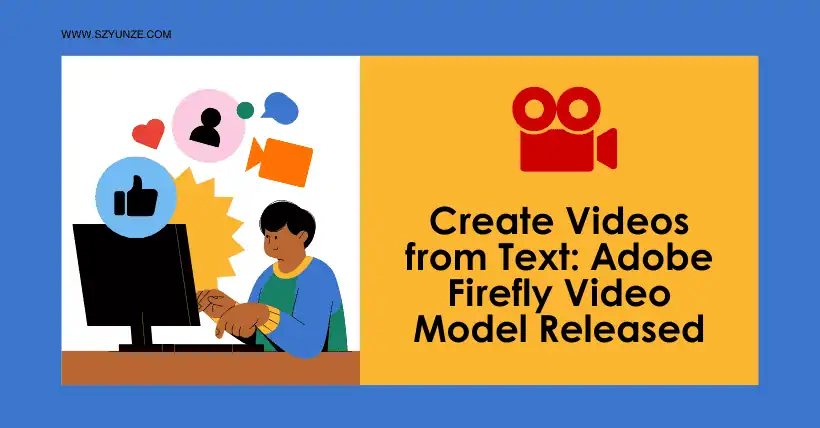For many years, Adobe has reigned supreme in the professional image and video processing field. Photoshop and Premiere have become de facto industry standards, holding a dominant and leading position that other competitors struggle to match.
However, in recent years, the rise of AI-generated content (AIGC) has introduced significant changes, with numerous applications leveraging AI for image creation and video generation emerging rapidly. Examples include OpenAI’s Sora and Meta’s AI Video Generator. Additionally, ByteDance’s Jianying app has gained popularity, not only in China but also globally, where it ranks among the top apps.
These AIGC applications significantly reduce the complexity and cost of content creation, improving efficiency. Although these technologies are still immature and have their issues, they are nonetheless well-received in the market and represent a promising direction for AI industry development.
This situation poses a substantial challenge for Adobe, as AIGC has become a prime opportunity for competitors to overtake. For example, OpenAI’s release of the Sora video generation model early this year created a stir in the industry and raised concerns among some investors about Adobe’s potential vulnerability to disruption by new technologies, ultimately leading to a 17% drop in Adobe’s stock value, creating significant pressure.
However, Adobe has awakened to this potential crisis and is actively incorporating AI features into its software. Over the past few years, Adobe has added an increasing number of AI tools to its creative software suite, including Photoshop and Illustrator, claiming these tools have been used billions of times globally, though access remains challenging for users in certain regions.
On October 14, during its annual product conference in Miami, Adobe announced a significant new feature for Premiere: the “Firefly Video Model.” This feature generates videos based on user text input—a concept familiar to many users.
Despite its advantages, AI video generation faces complexities beyond technology alone, including legal, ethical, and moral concerns. Some users may misuse these tools to create infringing or illegal content, creating potential risks for Adobe.
While other AI-generated videos are often intended for entertainment, Adobe’s software outputs are commonly used for commercial purposes, subjecting the company to stricter regulatory and legal scrutiny. Adobe must ensure its AI technology is “fully” compliant from start to finish. This includes training models with properly licensed data, unlike some AI companies that harvest data without clear permissions, as well as implementing safeguards to prevent users from creating infringing or illegal content.
Thus, Adobe has taken a conservative approach in its AI model training and functionality, aiming to meet “commercial safety” standards. Adobe also monitors misuse of AI features and may restrict or block users if necessary.
Adobe’s Firefly Video Model is not entirely free; existing paid subscribers have a free usage quota, with charges for exceeding this limit. Specific pricing details are yet to be finalized.
Historically, companies like Meta and Google were internet giants, while Adobe remained a traditional software company with little overlap in competition. However, as AIGC continues to evolve, internet companies are branching out, leading to intersections and overlaps in various business areas that may result in direct competition.
In this context, while Adobe retains a dominant position in traditional image and video processing, its future in the AIGC era remains uncertain. Adobe’s ongoing leadership will depend on steady, cautious progress and avoiding major strategic missteps.
Additional note: Videos six and seven are demonstrations of AI-generated works published on Adobe’s official website. More demonstration works are available on the Adobe website for interested viewers.

Disclaimer:
- This channel does not make any representations or warranties regarding the availability, accuracy, timeliness, effectiveness, or completeness of any information posted. It hereby disclaims any liability or consequences arising from the use of the information.
- This channel is non-commercial and non-profit. The re-posted content does not signify endorsement of its views or responsibility for its authenticity. It does not intend to constitute any other guidance. This channel is not liable for any inaccuracies or errors in the re-posted or published information, directly or indirectly.
- Some data, materials, text, images, etc., used in this channel are sourced from the internet, and all reposts are duly credited to their sources. If you discover any work that infringes on your intellectual property rights or personal legal interests, please contact us, and we will promptly modify or remove it.



